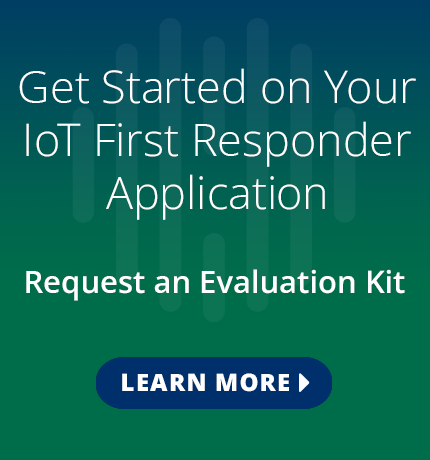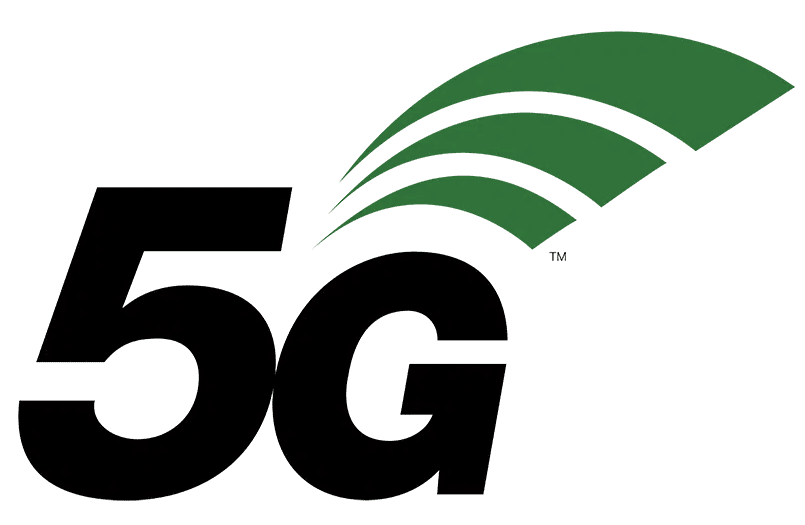The Evolution of Mission-Critical Push-to-Talk Networks: 5G’s Role in Public Safety

First responder push-to-talk systems have serious interoperability issues. These problems have been highlighted by recent catastrophic events, including:
- COVID-19
- Nashville bombing in December 2020
- Hurricane Ida in 2021
When such disasters happen, communications to coordinate rescue efforts must always be ensured and cannot rely on traditional land mobile radio (LMR) systems only. The communications and public safety communities have worked to address this challenge with interoperable mission-critical push-to-talk (MCPTT) protocols.
Several companies have developed MCPTT applications over broadband, including Qualcomm, Kodiak (owned by Motorola), Harris and ESChat. 3GPP created standards for MCPTT architecture and mission-critical data and video over cellular networks.
Currently, many MCPTT applications are available through cellular LTE, with mobile broadband meeting many emergency responders’ needs for:
- Reliable coverage
- Secure communication
- Real-time video sharing
Soon after 3GPP released these standards, Ericsson debuted its MCPTT services at the Homeland Security exhibition at Milipol 2017 in Paris.
MCPTT and 5G

MCPTT services have been revolutionary in their ability to connect public agencies, including:
- First responders
- Transportation authorities
- Homeland security
- Utility emergency response teams
However, as networks become more crowded, even 4G spectrum bands are seeing limits to voice, data and video transmissions.
MCPTT over 5G networks may solve many of these issues as organizations develop new standards, such as:
- The EU-funded initiative Next-Generation Platform as a Service (NGPaaS)
- The National Public Safety Telecommunications Council (NPSTC)
- The First Responder Network Authority
5G networks are still developing. However, analyst SNS Telecom and IT estimates the public safety LTE and 5G market will grow at a 13% CAGR over the next few years. By the end of 2025, the market is anticipated to account for over $2.3 billion.
A large part of 5G’s appeal for public safety lies in the enhanced Internet of Life-Saving Things (IoLST) (e.g., wearables, smartphones and drones). These devices can rapidly collect, analyze and transmit data and high-resolution images between emergency responders and public agencies.
Interoperability Challenges

MCPTT over 5G networks is an indispensable life-saving technology due to 5G’s features, which include:
- Reliability
- Low latency
- Support for high-volume data flows and real-time video communication
Still, 5G MCPTT cannot fully replace LMR systems, which are necessary while underground, deep inside collapsed buildings or in out-of-network geographical areas.
Most emergency response organizations aim to make LMR interoperable with broadband MCPTT systems. Achieving this goal would create seamless connections between these systems across national networks. The NPSTC, for example, has proposed several interoperable MCPTT talk groups. Some would be fixed, dynamic or created on an as-needed basis.
LMR interoperability with 5G includes designated channels for communication modes unique to emergency responders’ needs, including:
- Out-of-network
- Air-to-ground and vessel-to-shore
- Short distance
- Direct mode
- Travel channels that support moving convoys
The development of 5G-based direct mode vehicle-to-everything (V2X) New Radio supports interoperability standards.
As a technology developed for autonomous vehicles, V2X offers many solutions for MCPTT, MCVideo, and MCData services. Other 5G-based solutions, like multimedia broadcast multicast services (MBMS), also have applications for mission-critical use cases.
These mission-critical technologies are rapidly evolving. Public-private partnerships are working through technological interoperability challenges to standardize protocols across networks and national borders.
Dual-mode LMR/MCPTT devices will deliver 5G-supported MCPTT services to first responders to bridge technology gaps. In addition, more telecommunications companies will deploy technologies optimized for MCPTT interoperability over LTE, 5G and LMR.
Speak with our IoT experts to discover how your emergency response devices and systems can benefit from 5G technology.
Request an Evaluation Kit
Editor’s Note: This blog was originally published on 25 June 2020 and has since been updated.
